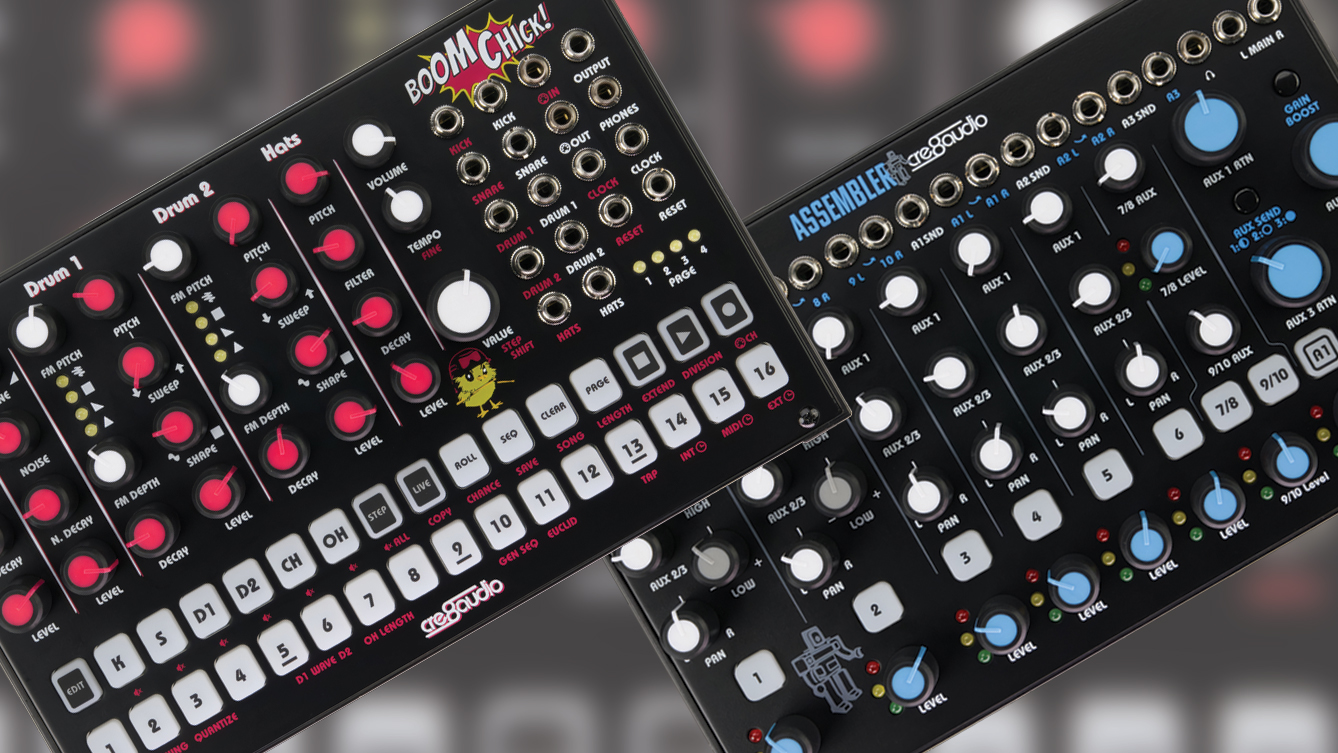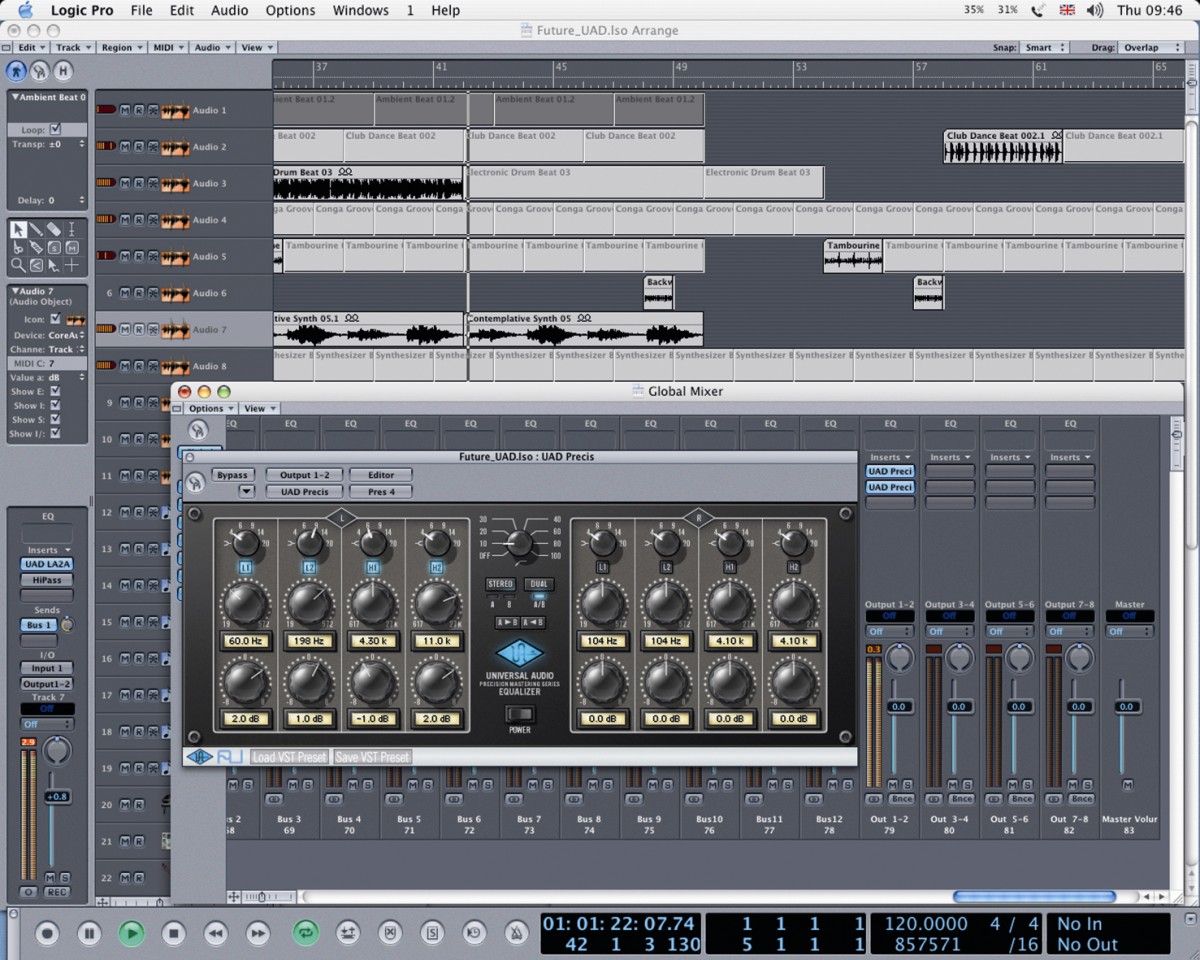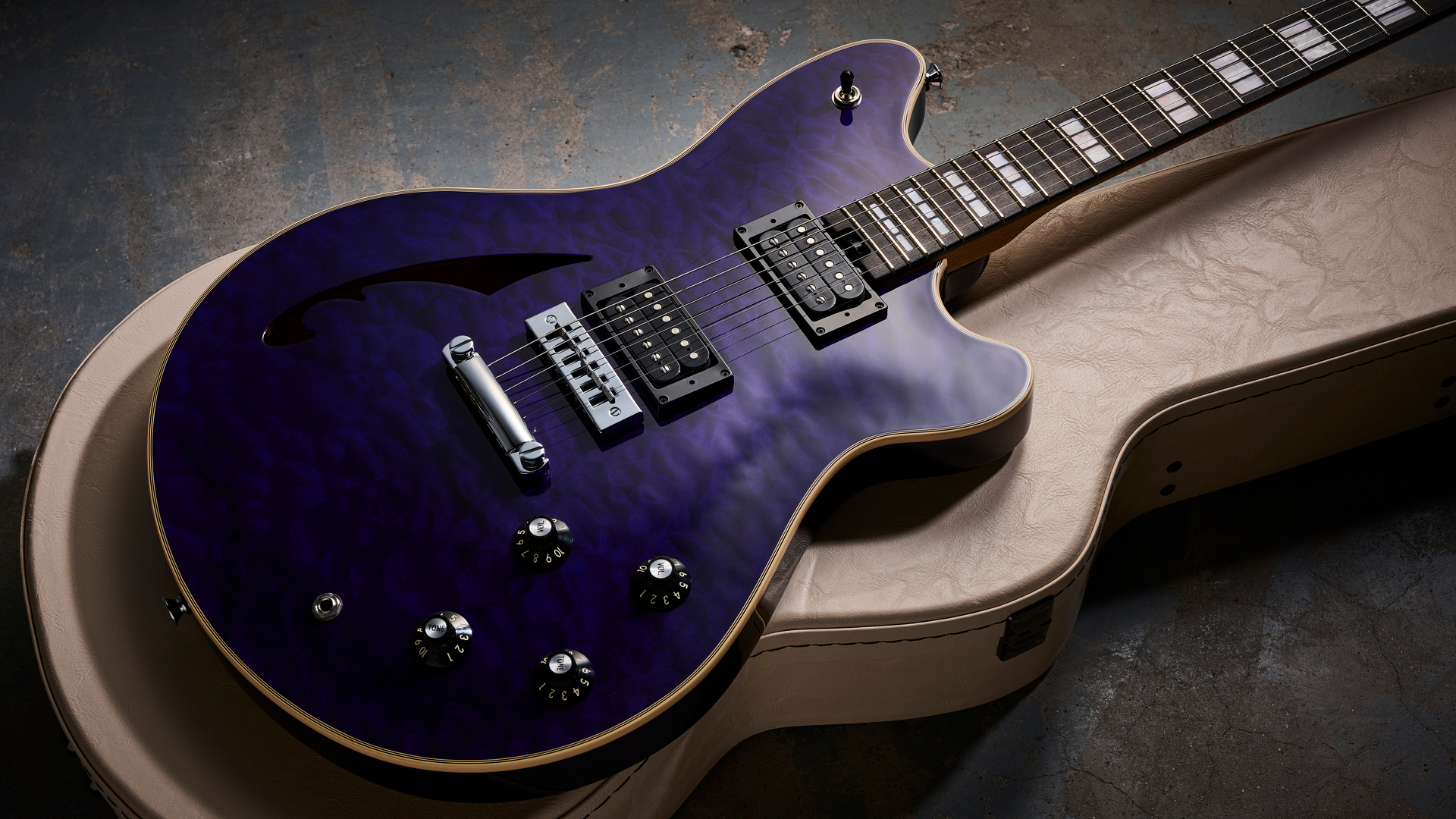MusicRadar Verdict
A really lovely EQ. Incorporates the sound and features that mastering engineers demand.
Pros
- +
Solid interface. Transparent, effective sonic boosting. Outclasses the competition.
Cons
- -
Lacks visual feedback. Little else, really.
MusicRadar's got your back

All controls are stepped in 41 stages.

A shelving or peak/notch filter is provided for each band.

This EQ also boasts a global high-pass filter.

Set up slightly different EQ curves and compare.

Presets go a long way to enhancing output.

Manipulating mixes are a doddle.
FOLLOWING ON FROM the Precision Limiter, a mastering EQ was always the next logical step. And so it came to pass: Universal Audio launched the Precision Equalizer. It's enticingly billed as the latest in "an expanding line of mastering plug-ins from Universal Audio".
As you'd expect of something that is now officially part of a series, the Precision Equalizer shares interface cues with its Limiter buddy. Knobs are big and chunky, the colour scheme is sober and muted and superfluous information is kept to the bare minimum.
The plug-in operates either as a stereo or dual-mono four-band EQ with high-pass filter. It's primarily intended for mastering full mixes, but you can, of course, also use it on individual instruments. In either case, incoming audio is upsampled to 192kHz (as with the Pultec Pro EQ, also made by Universal Audio) for precision and to minimise artifacts.
The controls are arranged in a standard parametric display, with two low and two high separate EQ and Gain dials per channel. Low frequency controls range from 19-572Hz; the high from 617Hz-27kHz. Gain values are +/-8dB. All controls are stepped (in 41 stages), a feature common to mastering devices that guarantees settings can be repeated with total accuracy.
Details
A shelving or peak/notch filter is provided for each band, with five peak/notch (Q) responses per band. There's also the global high-pass filter, ranging from 0-100Hz, the Stereo or Dual mode buttons and the A/B comparison buttons. Mostly, this type of EQ would be used in Stereo mode, whereby both channels are linked and controlled simultaneously.
The A/B comparison section is a familiar feature with software mastering EQs, allowing you to set up slightly different EQ curves and instantly compare the two. It's flawlessly implemented, although disappointingly you can only load presets into slot A -- slot B is reserved for a tweaked version of A. Parameter copy buttons are also provided, allowing you to copy settings from A to B when you're in Stereo mode or from left to right channels in Dual mode.
In use
Sonically, the Precision Equalizer lives up to its name, imparting a smooth, subtle shaping to the sound. Testing it on both acoustic and electronic music, it exhibits a clear, transparent sound -- all you can hear is the cutting or boosting of your chosen frequencies. There's no phase shifting or corruption of any kind of the source, even at quite extreme (for which read 'ridiculous') settings. The only criticism that some users might level at the Precision EQ is that there's no visual feedback, such as a graphical interpretation of the EQ curve.
Compared to PSP Audioware's decent-sounding MasterQ and the high-end EQ offerings from Logic Pro 7, SX3 and Waves, Universal Audio's flagship EQ outclasses them all. It virtually guarantees a professional finish to your mix. It also runs very efficiently: using two Precision EQs, plus a Precision Limiter, the Plate 140 and several LA-2As and Fairchild 670s. A UAD-1 meter only registered a little more than 50 per cent. With this level of audio fidelity and control for such little financial and CPU outlay, deciding to buy it is a no-brainer.
MusicRadar is the number one website for music-makers of all kinds, be they guitarists, drummers, keyboard players, DJs or producers...
- GEAR: We help musicians find the best gear with top-ranking gear round-ups and high-quality, authoritative reviews by a wide team of highly experienced experts.
- TIPS: We also provide tuition, from bite-sized tips to advanced work-outs and guidance from recognised musicians and stars.
- STARS: We talk to musicians and stars about their creative processes, and the nuts and bolts of their gear and technique. We give fans an insight into the craft of music-making that no other music website can.

Cre8audio releases two super-affordable, modular-friendly bits of gear in one day: the Boom Chick analogue drum machine and Assembler mixer

“The humbuckers give it so much power and such a wide variety of tones while the destruct button really sets it apart from just about any other Tele”: Fender unveils the Mike Campbell “Red Dog” Telecaster

Don’t miss this record-breaking 100-Hour DJ marathon livestream fundraiser featuring 90 artists










